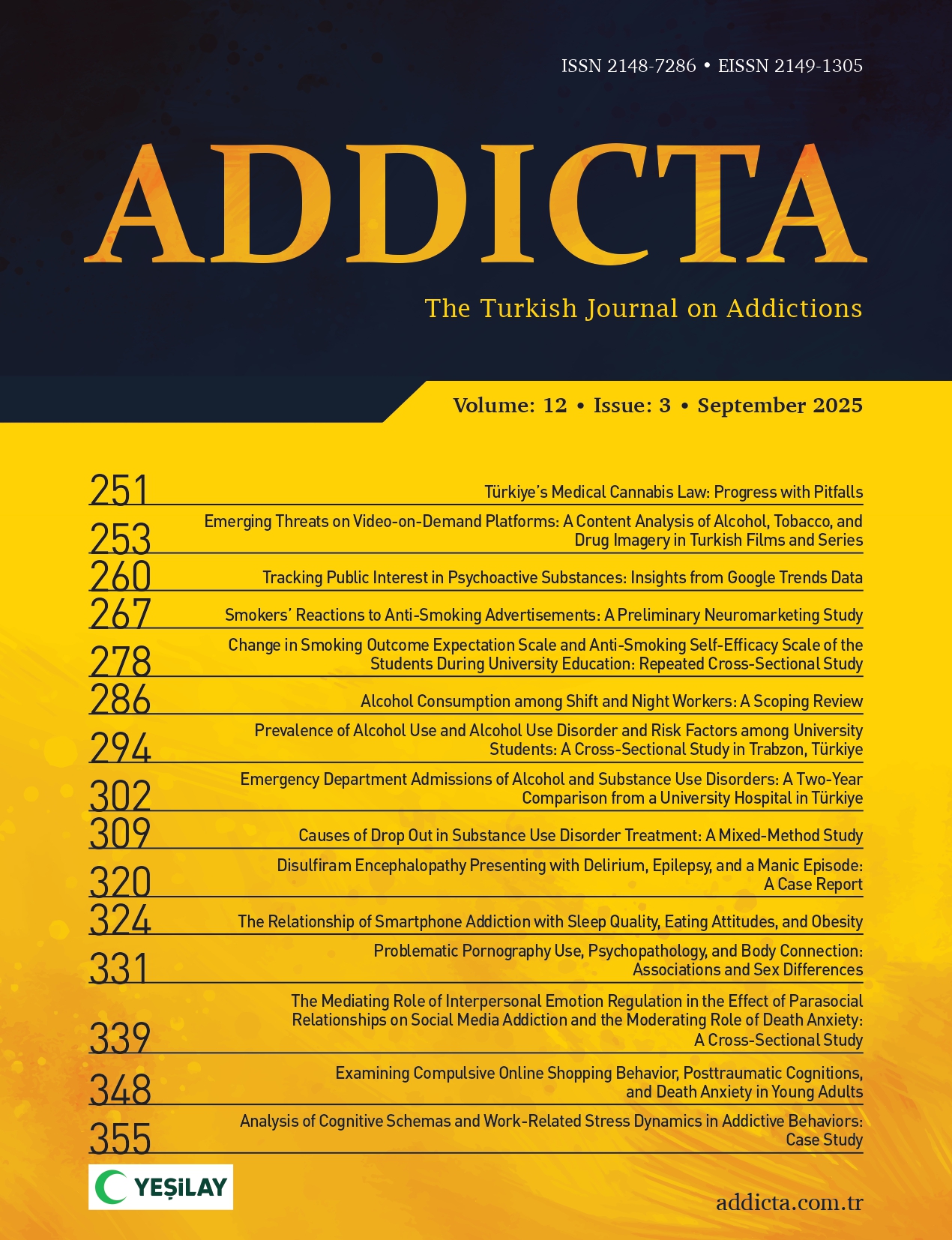People with psychiatric conditions often have comorbid substance use disorders. Obsessive–compulsive disorder is frequently comorbid with alcohol use disorder. Both obsessive–compulsive disorder and alco- hol use disorder share common characteristics like high levels of compulsions and impulsivity. These stem from common neurobiological mechanisms. In most patients, obsessive–compulsive disorder begins first, followed by alcohol use; however, the order of onset can vary. Various factors like genetics, gender, sever- ity of the conditions, and comorbid depression have been known to contribute to the relationship between obsessive–compulsive disorder and alcohol use disorder. The prevalence rates in clinical studies are low as compared to epidemiological studies as the comorbidity is often missed during clinical evaluation due to a variety of reasons. Patients with this dual diagnosis have a higher risk of self-harm compared to those with either diagnosis alone. Hence, it becomes vital to routinely screen patients with obsessive–compulsive disorder or alcohol use disorder for the presence of the other disorder. Management strategies should focus on the concurrent management of both conditions with pharmacological and non-pharmacological methods to ensure improved prognosis. Since research in this area is still scarce, more studies are needed to better understand the mechanisms of this comorbidity.
Cite this article as: Soman, S., & Nair, R. (2024). The dual diagnosis of alcohol use disorder and obsessive–compulsive disorder—how do they interact with each other? Addicta: The Turkish Journal on Addictions, 11(3), 414-420.

.png)


.png)
.png)